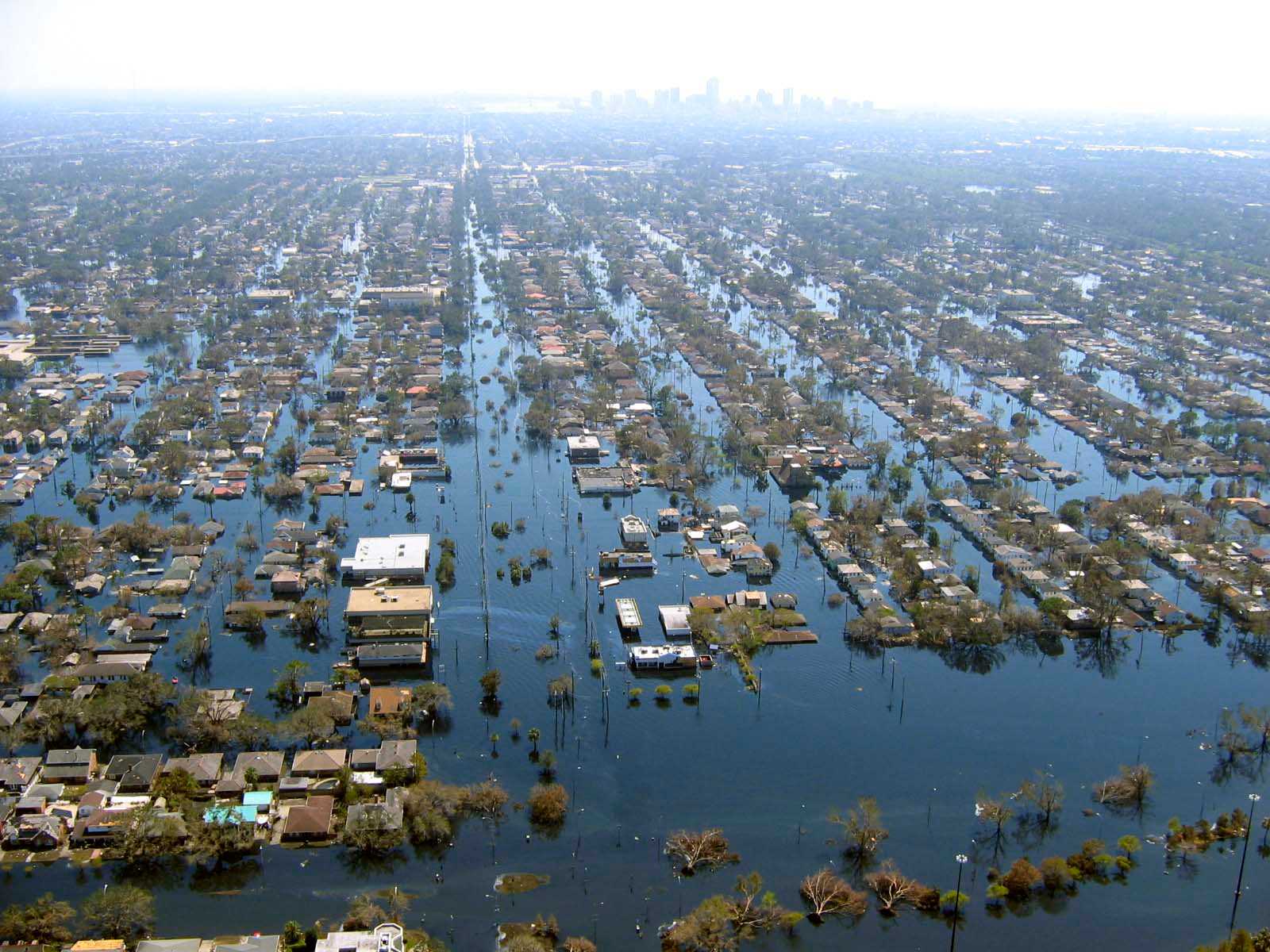
Risk-model redlining
More than half of the nearly $200 billion worth of U.S. homes considered at high flood risk are in formerly redlined areas, zones where racially discriminatory lending practices endured for decades. Redlining was banned, but could new tools for understanding risk bring it back?
That's the implication of a forecast published by Urban.Us, a leading urban tech venture investor whose portfolio includes a half-dozen firms like OneConcern and Urbint that are building platforms for modeling risk. Looking out to a possible 2030, Urban.Us founders imagined that Swiss Re, the world's largst reinsuer, adopted a set of risk models that "shook the entire financial world as it implied that many assets, especially real estate, would need to be repriced".
While many planners favor greater risk transparency as a tool for steering investment away from high-risk flood zones, such tools could set off devastating cycle in these formerly redlined areas. Past discrimination concentrated minority residents in these vulnerable areas. Now, new climate-risk based insurance and lending policies could strand them there.
This scenario points towards a possible future where the private sector plays an important role in exposing racial and economic inequities in risk—while doing little to remedy them, and potentially triggering a capital flight from the most affected places.




..png)
